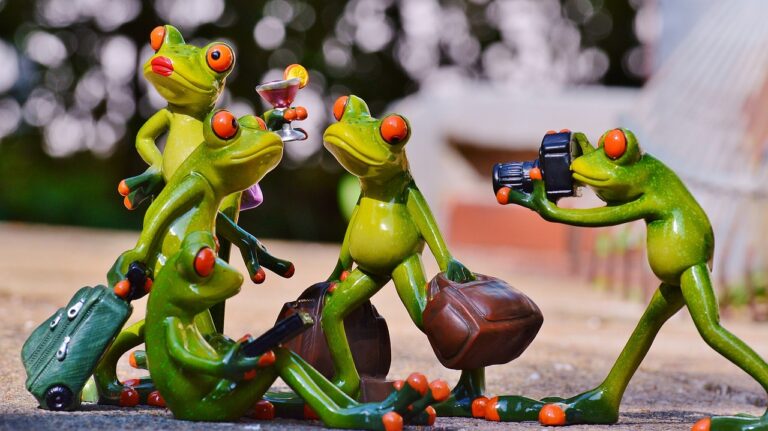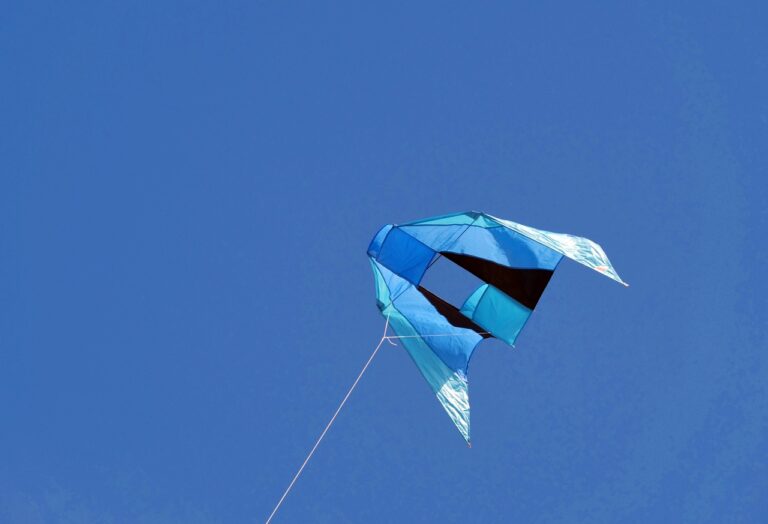The Revival of Traditional Animation Styles
In recent years, there has been a noticeable resurgence in the popularity of traditional animation styles among audiences and creators alike. While computer-generated animation has dominated the industry for the past few decades, many artists are now embracing hand-drawn techniques and nostalgic aesthetics to bring new life to their projects. This revival of traditional animation styles has sparked a renewed interest in the art form and has led to a renaissance of creativity in the industry.
History of Traditional Animation
Traditional animation, also known as cel animation or hand-drawn animation, has a long and storied history dating back to the early days of cinema. The technique involves creating individual frames on transparent celluloid sheets, known as cels, and then photographing them in sequence to create the illusion of movement. This labor-intensive process was the standard for animated films for much of the 20th century, producing classics like Walt Disney’s Snow White and the Seven Dwarfs and Warner Bros.’ Looney Tunes shorts.
The Rise of Computer-Generated Animation
In the 1990s, computer-generated animation began to take over the industry, with films like Pixar’s Toy Story showcasing the new possibilities of digital technology. CG animation offered greater flexibility and efficiency compared to traditional methods, allowing filmmakers to create more complex and realistic visuals. As a result, many studios shifted away from hand-drawn animation in favor of CGI, leading to a decline in the popularity of traditional styles.
The Return to Hand-Drawn Techniques
Despite the dominance of computer-generated animation, many artists never abandoned traditional techniques and continued to create hand-drawn films and series. In recent years, there has been a renewed appreciation for the craftsmanship and artistry of hand-drawn animation, with studios like Studio Ghibli and Cartoon Saloon producing critically acclaimed films like Spirited Away and Song of the Sea.
Additionally, platforms like Netflix and Hulu have provided new opportunities for independent animators to showcase their work, leading to a resurgence of traditional animation styles in the mainstream. Audiences have responded positively to these projects, embracing the unique charm and personality of hand-drawn animation in a digital age.
The Benefits of Traditional Animation
One of the main advantages of traditional animation is the sense of handmade artistry that it brings to a project. Hand-drawn animation has a warmth and charm that is difficult to replicate with digital tools, and many viewers appreciate the human touch that comes with hand-crafted visuals. Additionally, traditional animation allows for a greater degree of artistic freedom and experimentation, enabling artists to explore unconventional styles and techniques.
Furthermore, the process of creating hand-drawn animation can be a labor of love for many artists, requiring meticulous attention to detail and a dedication to the craft. This dedication is often reflected in the finished product, with hand-drawn animations often possessing a level of care and passion that shines through on screen.
The Future of Traditional Animation
As the revival of traditional animation styles continues to gain momentum, it is clear that hand-drawn techniques are here to stay. While computer-generated animation will likely remain a dominant force in the industry, there is a growing appreciation for the timeless appeal of traditional styles. The resurgence of traditional animation has opened up new opportunities for artists to showcase their creativity and craft, and audiences are eager to embrace the diversity of styles and techniques that the medium has to offer.
Ultimately, the revival of traditional animation styles represents a return to the roots of the art form and a celebration of the rich history and tradition of hand-drawn animation. As new generations of animators continue to push the boundaries of the medium, we can expect to see a vibrant and diverse landscape of animated projects that pay homage to the past while embracing the future.
FAQs
Q: What are some examples of recent hand-drawn animated films?
A: Some recent examples of hand-drawn animated films include Klaus, The Breadwinner, and Wolfwalkers.
Q: Why do some artists prefer traditional animation over computer-generated animation?
A: Some artists prefer traditional animation for its unique aesthetic qualities and the sense of craftsmanship that comes with hand-drawn techniques.
Q: How can aspiring animators learn traditional animation skills?
A: Aspiring animators can learn traditional animation skills through practice, studying classic techniques, and taking courses or workshops from experienced professionals.
Q: What are some challenges that come with creating hand-drawn animation?
A: Some challenges of creating hand-drawn animation include the time and effort required to produce each frame, as well as the need for precision and consistency in style and movement.







